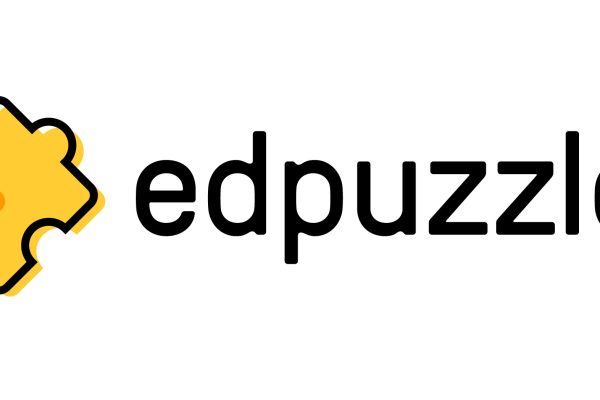Un homme vaut autant d’hommes qu’il connaît de langues. “A man is worth as many men as the languages he speaks.”
For those new to the topic, this article gives a brief summary of synchronous and asynchronous learning. Then it explores how these learning methods specifically apply to foreign language learning.
What are these learning types, their mediums, and their differences?
The terms “synchronous” and “asynchronous” are derived from two possible learning situations; if the instructor and students are discoursing in real-time, they are in “sync”; if they are interacting at different times, they are out of sync, or “a-sync”.
The mediums of synchronous learning are videoconferencing, audioconferencing and online chat protocols. In asynchronous learning, the communication among students and instructors is done on message boards and via email with lag times. The two learning types are not mutually exclusive. When both approaches are used, it is referred to as blended learning.
Instead of discerning the two categories as to which is better, or what are the pros and cons of each, it is better to understand the specific purposes that each serve. Synchronous learning provides for social support and impromptu discussion and learning. The social facet increases psychological arousal and motivation. Asynchronous learning is extremely flexible since it does not have to accommodate more than one schedule. Additionally, the learner has more time to reflect on the content and to formulate his communication, resulting in greater mental engagement with the learning content. (Hrastinski 2008)
How do these learning methods apply to acquiring new languages?
Learning a foreign language poses unique challenges. In the social participation range of asynchronous to synchronous to in-person learning, how much language acquisition is possible?
The first answer is that language learning can be accomplished in any of the learning environments discussed thus far. A study of asynchronous language instruction known as “Computer-Assisted Language Learning (CALL)” demonstrated not only that this method was sufficient for language learning, it also provided certain advantages to students. These secondary advantages included a decrease in student anxiety and fear of negative evaluation (McGrath, Johnson 2009). A study by Yuping Wang as far back as 2004 indicated that the limited videoconferencing technology of that time still enabled synchronous learning.
Evidence for the effectiveness of synchronous and asynchronous second language learning does not suggest that you should stop there. Analysis should be done on your specific learning goals for each situation. If you only require foreign language reading and writing abilities, asynchronous programs may suffice. Once communication and social interaction is involved, synchronous environments provide these additional elements. Since the methods are not mutually exclusive, most learning will be blended; one cannot escape from the flexibility afforded by asynchronous learning.
Thus far, what is sufficient for learning a new language has been discussed. When it comes to what is optimal, a new dimension must be incorporated. This new dimension is some form of cultural immersion, whether real or simulated. Hands-on and experiential training maximizes foreign language and cultural competency. Not only is the student’s context widened, immersive activities affect language acquisition positively. Therefore, if your goal is both speed of learning and strength of competency, consider programs that offer more than synchronous and asynchronous learning.



